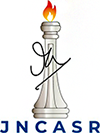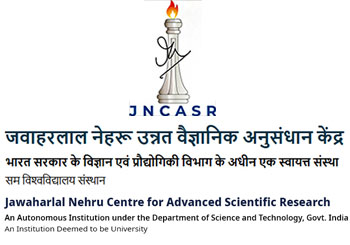Other Drives/Programmes
Primary tabs
NAMMA Psi-k Workshop
New Approaches and Machine Learning Methods for Ab initiocalculations
The Workshop is held at JNCASR from (24th to 26th July 2023)and atIISc, Bengaluru from (27th to 28th July 2023)
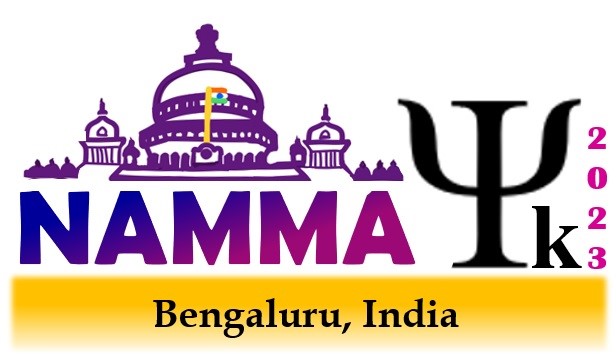
At present there is no content available for this section, once content will be available would be updated.
JNCASR celebrated International Yoga Day on 21st June 2023 at Kanada Auditorium inside the campus. This year theme was “Vasudhaiva Kutumbakam”. The event was organized under the guidance of Prof. G. U. Kulkarni, President, JNCASR The event included a lecture cum demonstration of yoga asanas by students and staff members of JNCASR under the supervision of Guruji Shri Prasanna V Raju and his student Bramarambha Patil, Yoga teacher at JNCASR. Around 70 members of the JNCASR community including Students, Professors, and Staff members participated in the event.
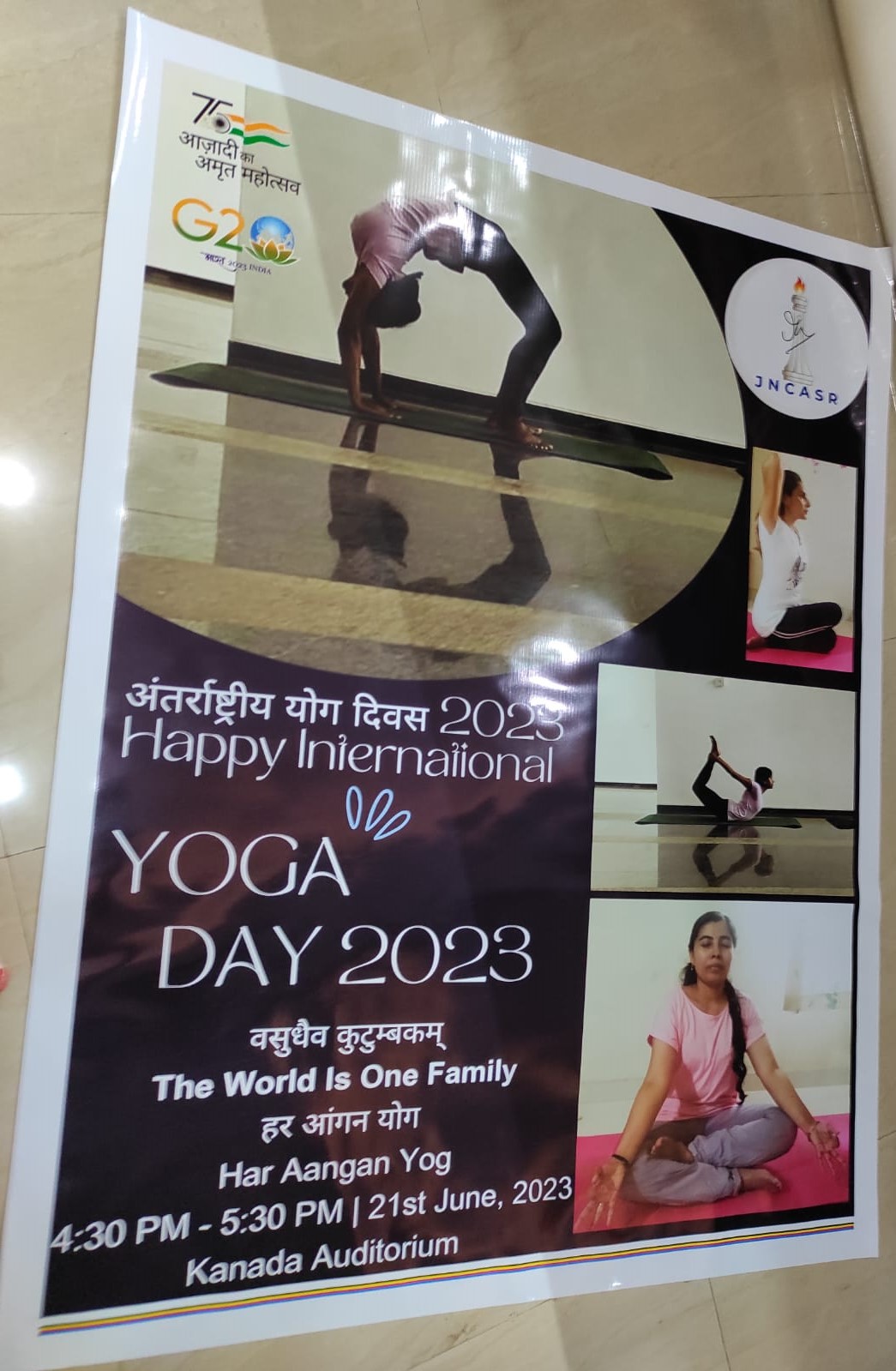 ,
,
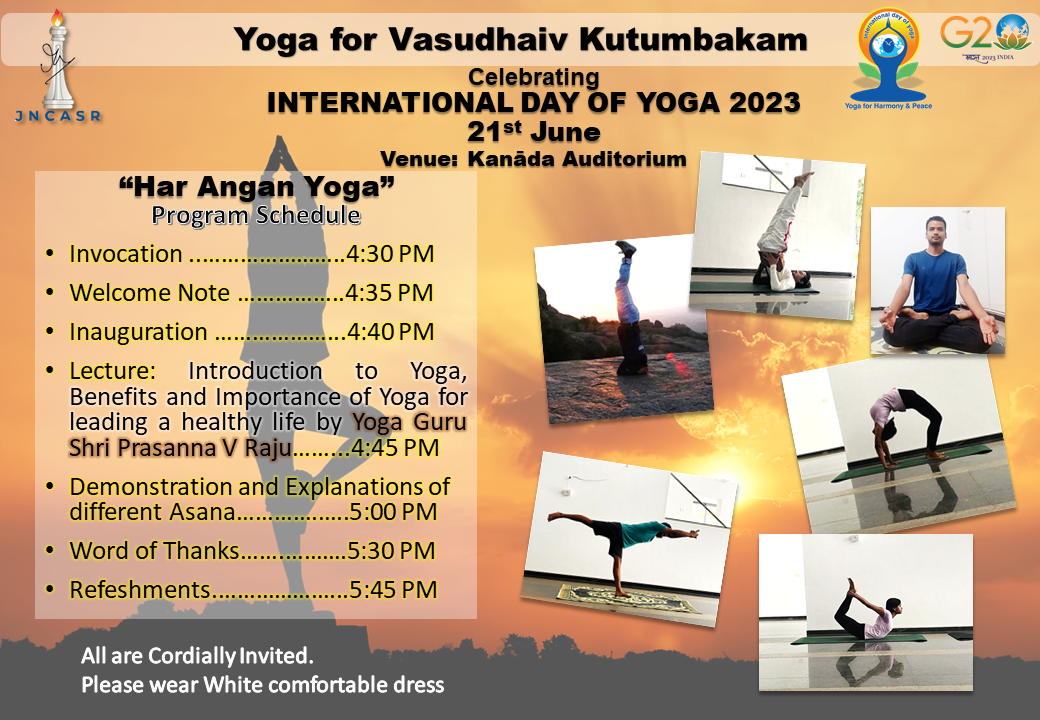 ,
,
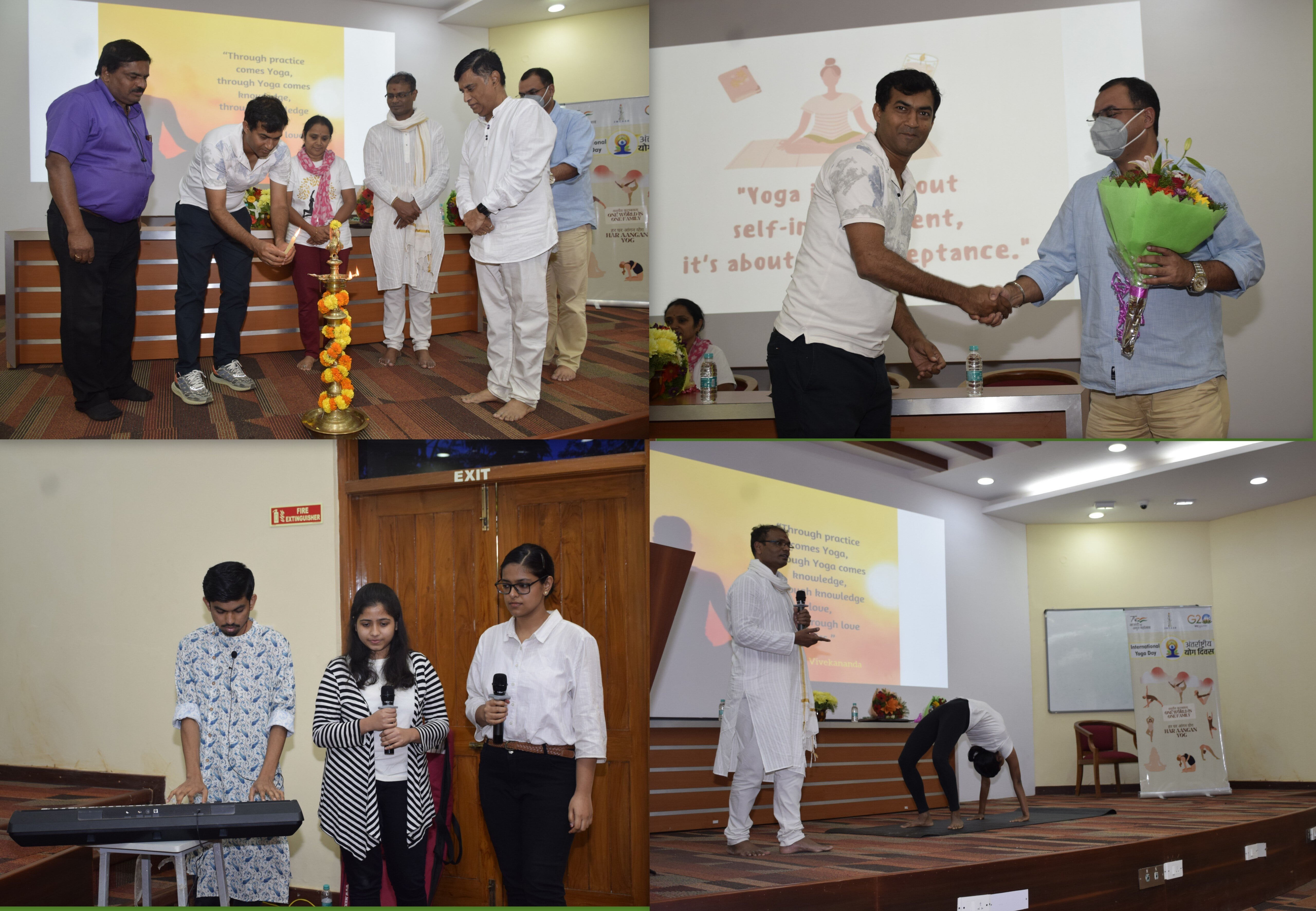 ,
,
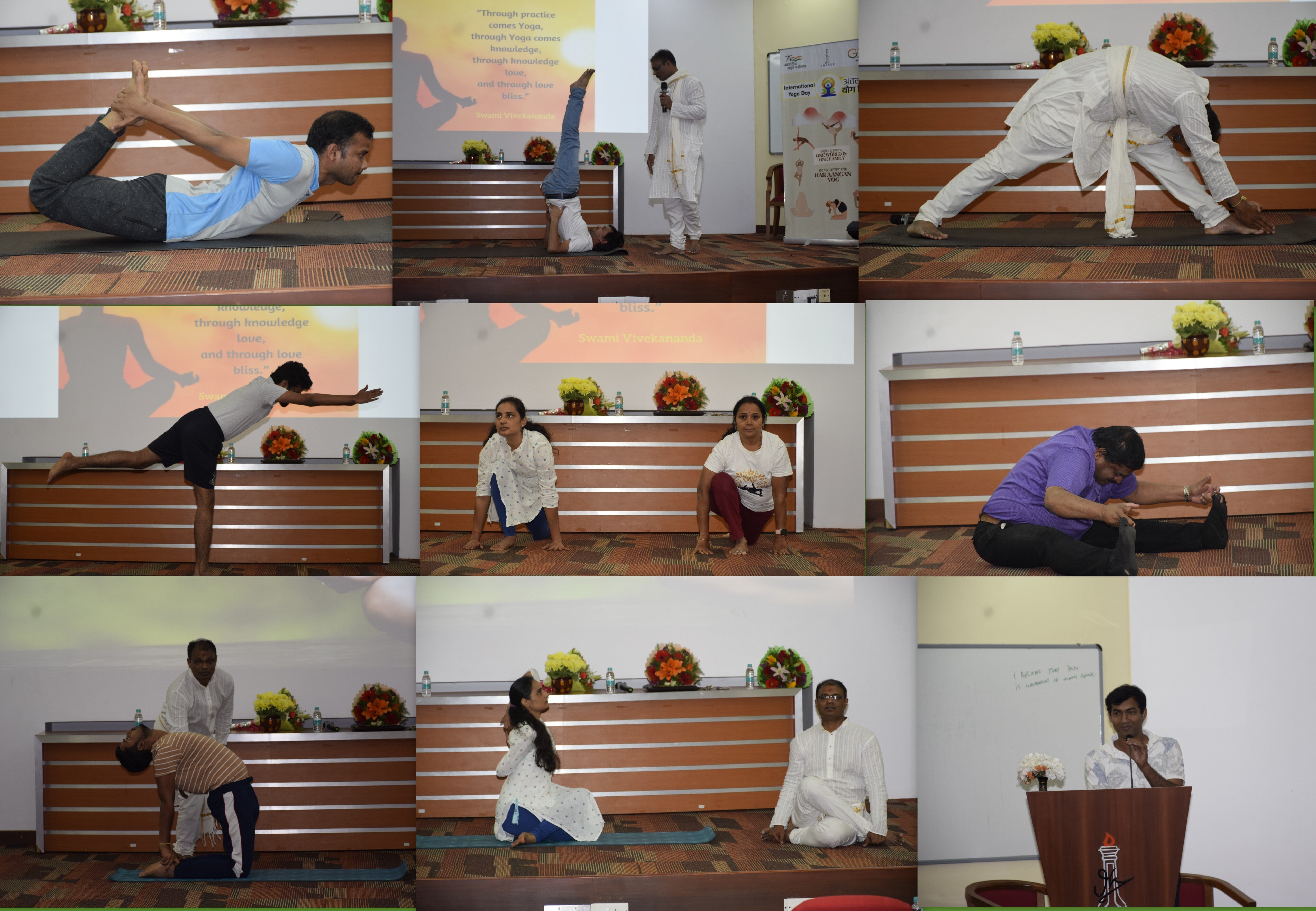
World Blood Donor Day - 14th June 2023
On the occasion of World Blood Donor Day on 14th June 2023, a blood donation camp was organized by JNCASR to create awareness among the community under the “Raktdaan Amrit Mahotsav” campaign.
The theme of the campaign, “Give blood, give plasma, share life, share often”, emphasized the importance of regular blood donation. The event was conducted in collaboration with the Sankalp India Foundation.
Around 70 members of the JNCASR community, including students, professors, and staff members, voluntarily participated in the drive. During the camp, a pledge for blood donation was administered in both English and Hindi to reinforce the significance of regular blood donation.
Speaker: Dr. Himangsu Bhaumik,Post doctoral fellow, Faculty of Mechanical Engineering, Technion - Israel
Date: 09 June 2023 (Friday).
Time: 11:00 AM(Tea/Coffee at 10:45 AM)
Venue: AMRL Conference Hall, JNCASR
Title: “Material Training: Success, Failure, and Improvement through geometrical constraints”
Title:
Training materials through periodic drive allows endowing materials to explore the high dimensional space of structures to exhibit desired elastic functions. However, increasing the complexity of the desired response results in ultra-slow convergence of training error and a transition occurs from trainable phase to untrainable phase. Approaching the critical threshold of complexity, low-frequency modes of vibrational properties proliferate and creep down to zero frequency implying that training causes material degradation. We show that the excess low-frequency spectrum is due to atypical local structures. We also show that by imposing geometrical constraints on material structure the degradation can be avoidable, and training can be improved in termsof convergence, capacity, and robustness of training.
TSU_SeminarNotice_DrHimangsu.docxTitle: Quantum Matter and the Age of Entanglement Speaker: Dr. Siddhartha Lal Affiliation: Associate Professor, Department of Physical Sciences, IISER Kolkata
Venue: Kanada Auditorium
Time: 2:30PM
Coffee/Tea: 2:20PM
Abstract: There is great activity at present all over the world towards developing quantum technologies. But what is the basic physics that drives this activity? Why are we searching for novel quantum materials, and building noise-free quantum computers? Where does my research fit in with all of this? In presenting some answers, I will focus on how the concept of entanglement - a feature that is unique to the quantum world - of an interacting many-particle quantum system holds the key to next-generation quantum technologies. I will also offer some insights on results we have obtained recently on the entanglement encoded within a few different examples of strongly interacting quantum matter.
TSU_seminarnotice (2).pdfOn Friday 28th April 2023, Prof G.U. Kulkarni, President JNCASR inaugurated a new facility at Jakkur campus which provides improved amenities to contractual staff members working under Housekeeping Horticulture and for those engaged through outsource agencies. This facility includes improved drinking water facility, place for recreation, restrooms, changing room etc for these employees.
Administrative Officer along with other officers and staff members attended this event.
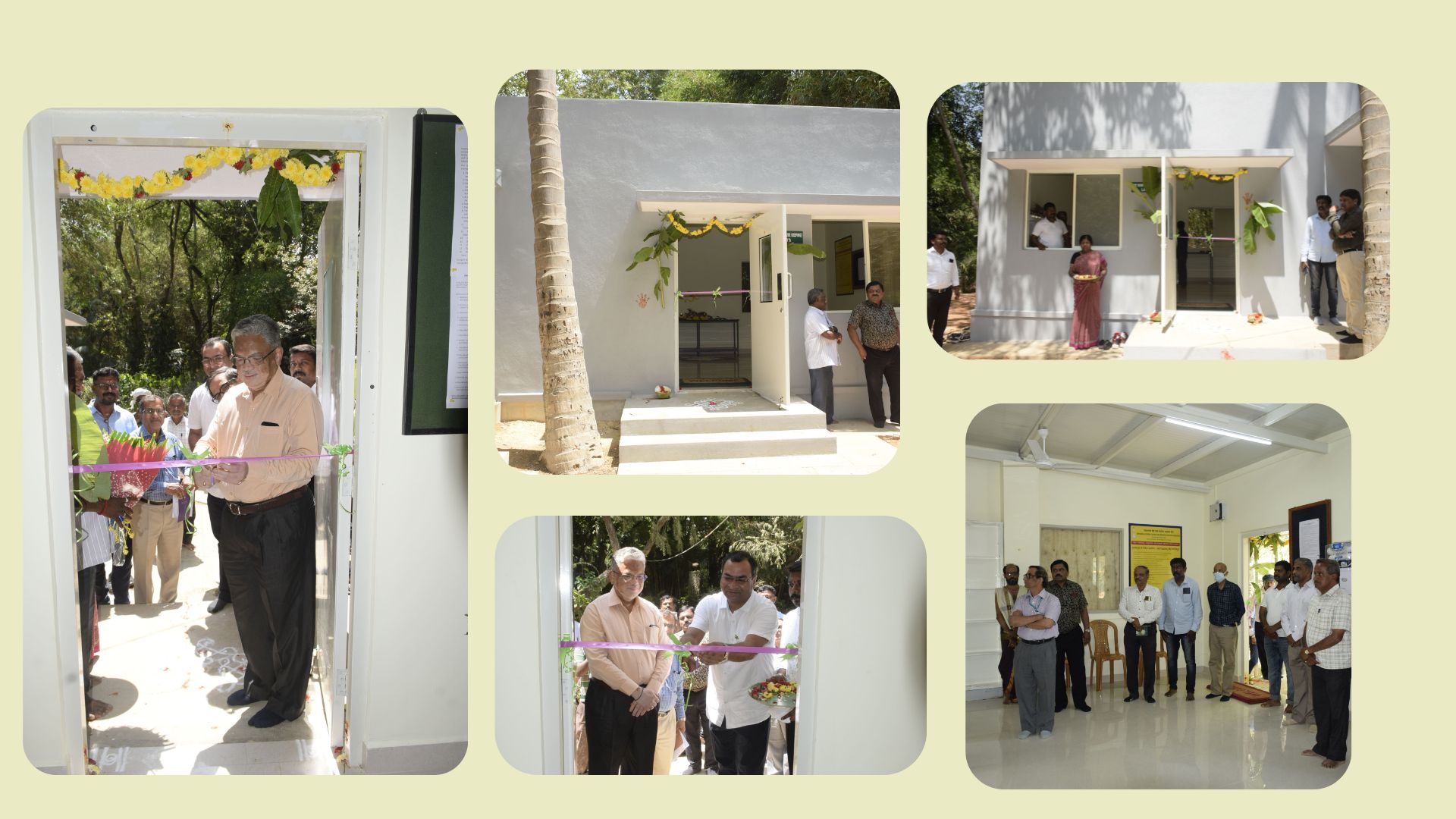
- Back to previous page
- |
-
Page last updated date:28-11-2025 04:24 PM





